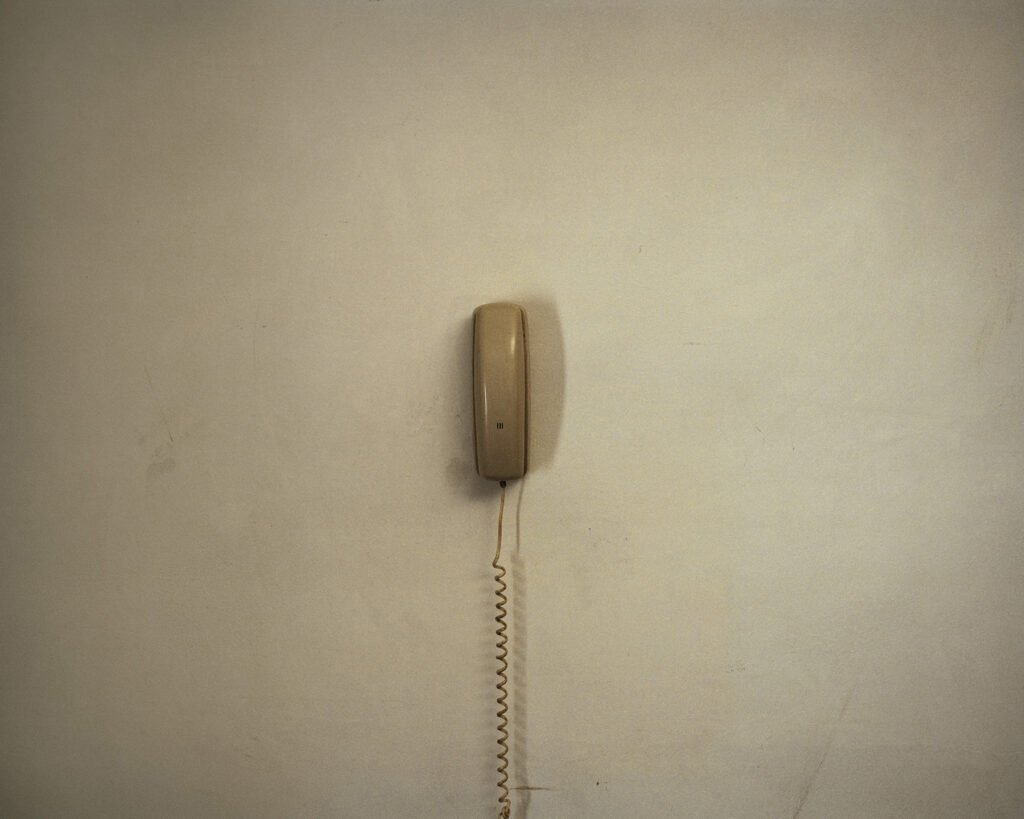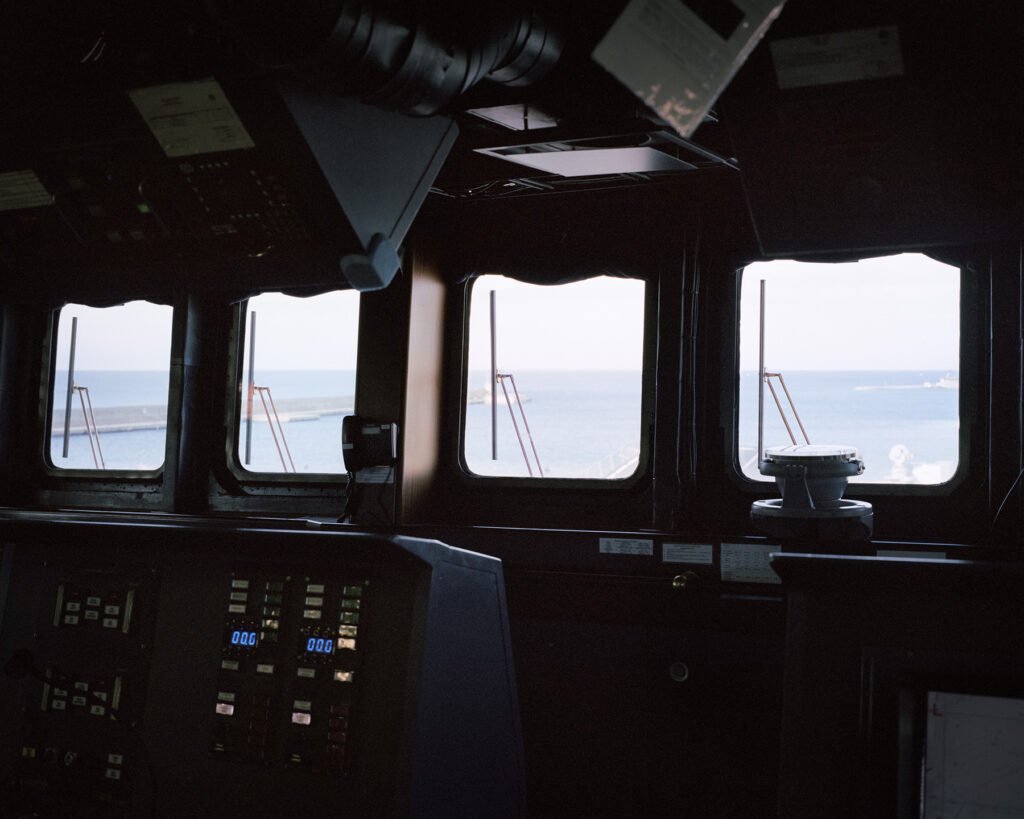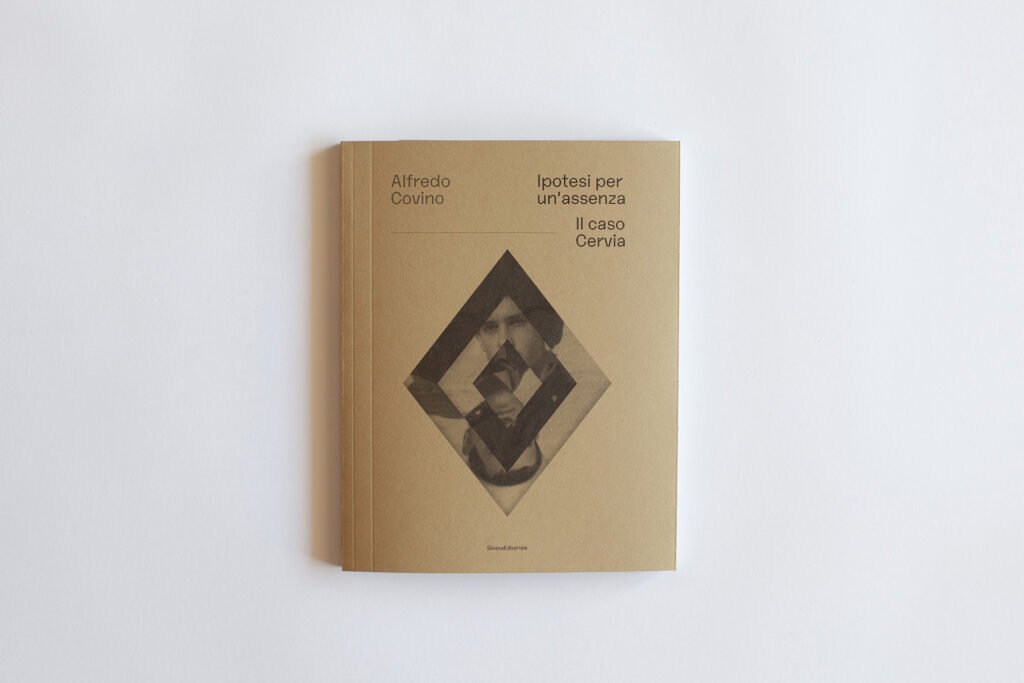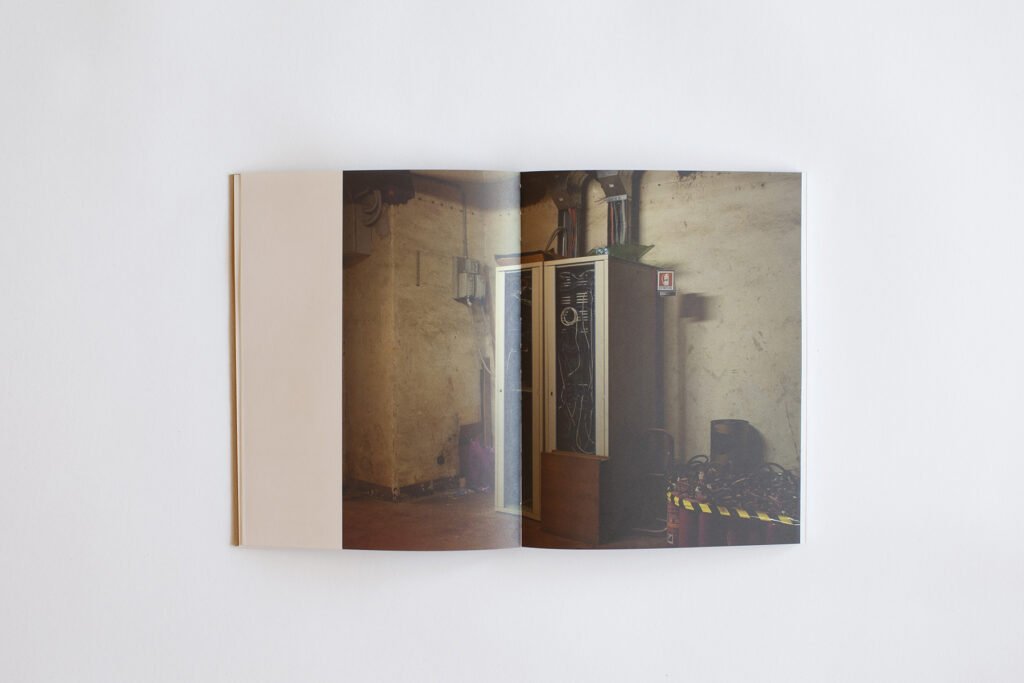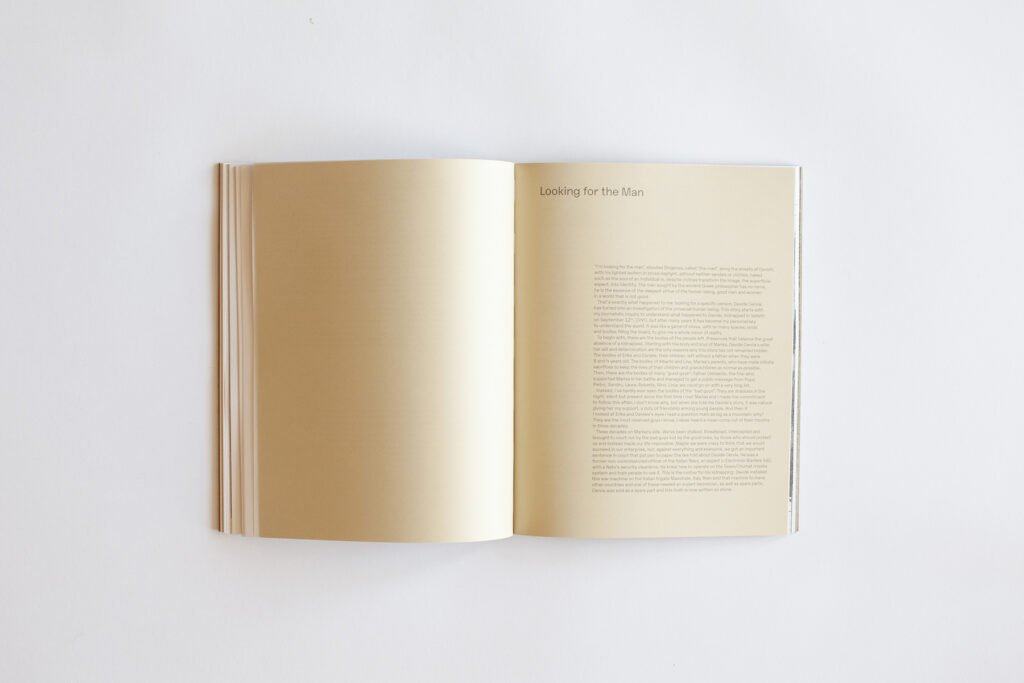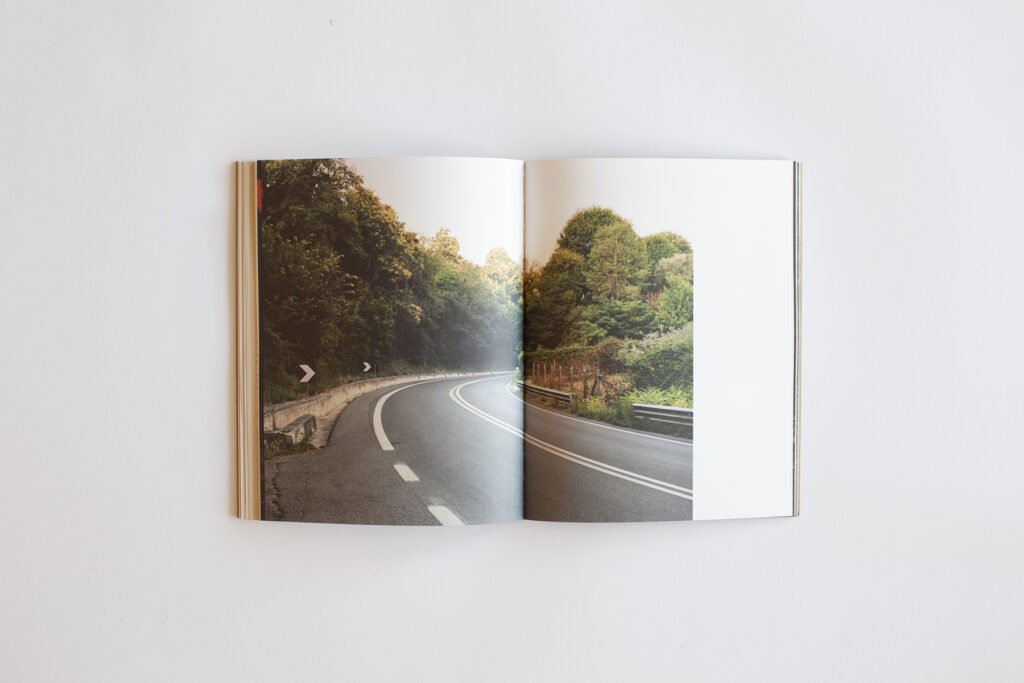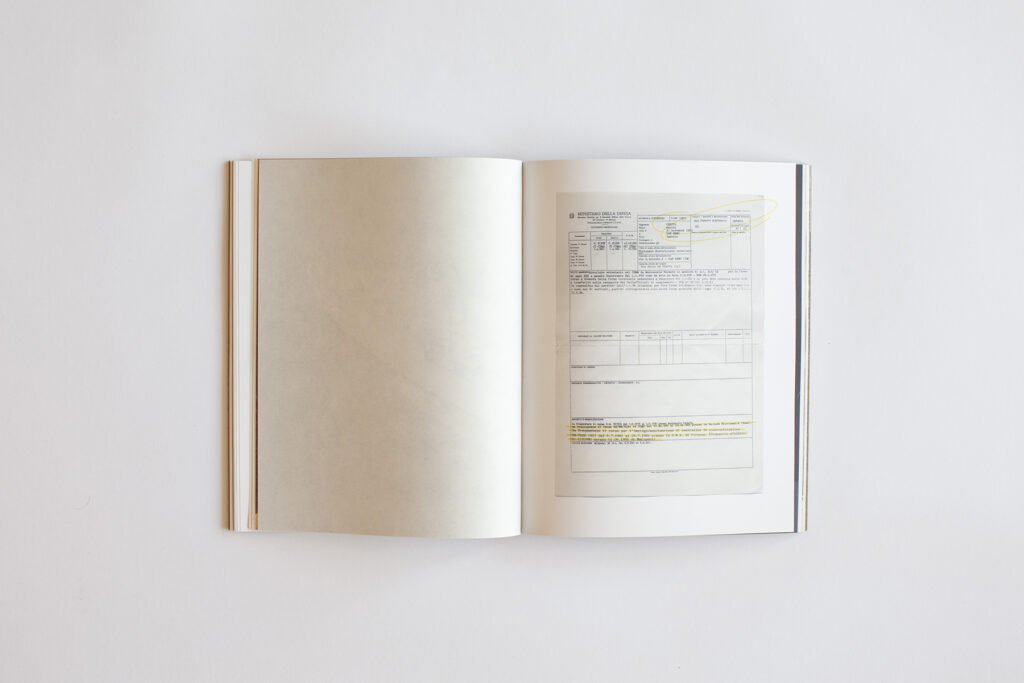On the eve of the First Gulf War demand for cutting edge military weaponry was high. At that time the TESEO/OTOMAT, an anti-ship and coastal defence missile developed by Italian company Oto Melara together with French conglomerate Matra, was the very best in the market. The weapon consists of a ship-based semi analogue electronic equipment firing a mid-range missile able to detect and interfere with enemies’ attack both on ground and at sea. The Middle East, along with the many other states involved in the US-led alliance against Hussain’s Iraq, was in desperate need of it. There was a lot of money to be made from its sales and power to consolidate among the major parties (official and not) involved.
To install, operate and maintain the weapon, however, special training was required. Only very few people within the Italian Navy had been specifically trained for the job. Davide Cervia, an ex Italian Navy Master Chief (retired four years earlier to commit to his family) happened to be the man with the greatest experience, the one who was not only able to install and operate the weapon, but also train others at it. On 12th September 1990, Davide Cervia was coming back home from his civilian job near Velletri (Rome) when he mysteriously disappeared. Until now, nobody really knows what happened to him, and the few who know are still working hard to keep the secret. Although insistent tries from the police to brand this as a voluntary romantic run, plenty is the evidence of an organised kidnapping involving Italian, French and other “non-identified” secret services. Nonetheless (or because of this) the case has never been solved fully, recently dismissed by the Italian authorities after the court had sentenced the Ministers involved of unlawfully denying the right of truth to Cervia’s family.
According to two eyewitnesses, purposely ignored by the investigating team, on the day of his disappearance Davide Cervia had been seen pushed with force into a car by a group of men who then fled at a dangerously high speed, taking Cervia’s car with them. Shortly after the kidnapping and right before the travel ban following the beginning of the Gulf’s conflict, a plane ticket to Egypt for two people had been purchased by France’s Minister of Foreign Affairs. One of the two passengers being a certain Mr Cervia. These are some of the many pieces of evidence independently discovered by journalist Gianluca Cicinelli – whose text is included in this work – and never taken into serious consideration by the Italian institutions working on the case.
For thirty years after Davide’s disappearance, his family together with several professionals is tenaciously fighting for the truth. What happened to Davide? Where is he now, or his body? The enemy is more likely to be a deep state organisation with pervasive control over the Italian institutions, acting with the intent of safeguarding their interests and misconduct. Cervia’s expertise had turned him into a marketable piece of equipment belonging to the same weapon he so well operated, sold off the records for the private benefit of few powerful and unscrupulous people. Ipotesi per un’assenza is the personal attempt of Italian photographer Alfredo Covino to understand, hypothesise and disseminate awareness around this dark page of Italian history. Covino puts together a visual narrative that rather than pointing fingers, invites the viewer to raise (in him/herself and toward the State) more relevant questions than the answers so far given by the institutions involved.
According to two eyewitnesses, purposely ignored by the investigating team, on the day of his disappearance Davide Cervia had been seen pushed with force into a car by a group of men who then fled at a dangerously high speed, taking Cervia’s car with them. Shortly after the kidnapping and right before the travel ban following the beginning of the Gulf’s conflict, a plane ticket to Egypt for two people had been purchased by France’s Minister of Foreign Affairs. One of the two passengers being a certain Mr Cervia. These are some of the many pieces of evidence independently discovered by journalist Gianluca Cicinelli – whose text is included in this work – and never taken into serious consideration by the Italian institutions working on the case.
For thirty years after Davide’s disappearance, his family together with several professionals is tenaciously fighting for the truth. What happened to Davide? Where is he now, or his body? The enemy is more likely to be a deep state organisation with pervasive control over the Italian institutions, acting with the intent of safeguarding their interests and misconduct. Cervia’s expertise had turned him into a marketable piece of equipment belonging to the same weapon he so well operated, sold off the records for the private benefit of few powerful and unscrupulous people. Ipotesi per un’assenza is the personal attempt of Italian photographer Alfredo Covino to understand, hypothesise and disseminate awareness around this dark page of Italian history. Covino puts together a visual narrative that rather than pointing fingers, invites the viewer to raise (in him/herself and toward the State) more relevant questions than the answers so far given by the institutions involved.
The book gathers archival material of various sources together with original images of the places – real and metaphorical – of the story. Among the pictures from the family archive, the viewer gets to know Davide whilst still serving in the Navy, at home with his children and travelling with the wife Marisa. Memories of a life eradicated before its blooming. Along with this, of crucial relevance are the copies of the doctored documents that have been used by the Italian institutions to throw off the investigation, hiding Davide’s real military qualifications because of proof of his critical expertise in electronic warfare. Moreover, the viewer is put face-to-face with one of the many anonymous threatening messages, typed on a loose and disturbing piece of paper, used to threaten Davide’s wife and kids because of their perseverance in the search. Messages that, together with the many persistent anonymous phone calls at night as well as pre-inspected mails in the letterbox, have been deployed to maintain Davide’s family in a state of paranoia for years. Pieces of evidence that had the opposite result of turning the hidden presence of those invisible agents into concrete reality.
Covino’s approach to this work provides the story with a much-needed level of visual understanding of an event that has been dominated by uncomfortable absences (of people, documents, motives and culprits) and dirty secrets. Here the viewer can feel more than what can be seen or understood. The brown-ish cover of the book and its pale white pages are an effective representation of the bureaucratic labyrinth of lies, of tampering and abuse of power that contributed to the case being essentially manipulated by the authorities since the beginning. A metaphorical attitude to specific elements of this story, such as the image of Davide’s car, the dusty rooms of the State’s archives and the curvy roads around Velletri builds up heavy emotional tension right to the end. The viewer is left in a condition of fear and distrust for a puppet State unable to rise above the corrupted interest of more powerful underground organisations. The images then become loud evidence of a crime that explain itself only to the eyes of those who seek to understand beyond what can actually be said, because belonging to the realm of secrecy and compromised truths from which normal citizens are excluded.
Aware of the possible failure of a traditional documentary approach, limited by the very nature of this story, Covino decides to explicitly focus on the inconsistencies registered throughout the years and push his hypothesis toward a more effective evocative plane. Inspired by similar attempts in the Italian crime literature of the past, the author empowers its visual metaphors to turn into pieces of evidence hard to the heart, and vice versa. Because of the missing/hiding of many crucial elements of the case, this is a reality that fails to be told as it is and therefore in need of a different strategy. That same strategy used by the institutions when implanting, omitting, misdirecting and terrorising the ones who dared to know the truth behind the lie.
Absence, doubt and fear surround Cervia’s life as well as the ones of the few others who have been treated likewise, but whose families have been effectively silenced. Ipotesi per un’assenza is an important, often claustrophobic account of what happens behind the clean facades of what are today called democratic states. An attempt at remembering and readdressing a chronic problem by adopting means and languages of communications not yet controlled or controllable by the people behind those acts of institutional terror.
Born in 1973 in Rome where he currently lives and works, Alfredo Covino studied photography at the European Institute of Design and subsequently obtained a Master in Photojournalism at the Higher Institute of Photography and Integrated Communications (ISFCI) in Rome. His work has been shown in personal and collective exhibitions. In 2008, Alfredo won the Yan Geffroy Prize from Grazia Neri Photo Agency with his project “Dear Moldova” and in 2010 he was finalist at the Sony World Photography Awards. In 2009, he co-founded “Punto di Svista”, a cultural association about visual arts, and became a member of the editorial committee of the online magazine. From 2009 to 2014 he was a staff photographer at OnOff Picture Agency. He is carrying out his projects in Italy and in other countries. Through documentary photography, he explores several issues: from the connections between places, memory and absence to the transformation of the territories, paying particular attention to the interactions between humans and landscape. His work and assignments have been published in some magazines such as Internazionale, l’Espresso, Famiglia Cristiana, Vanity Fair, Glamour, The Guardian on-line, Le Monde, WOZ Die Wochenzeitung, Style Magazine-Corriere della sera, Financial Times, PHmuseum, Fotoroom, Scopio Network.
